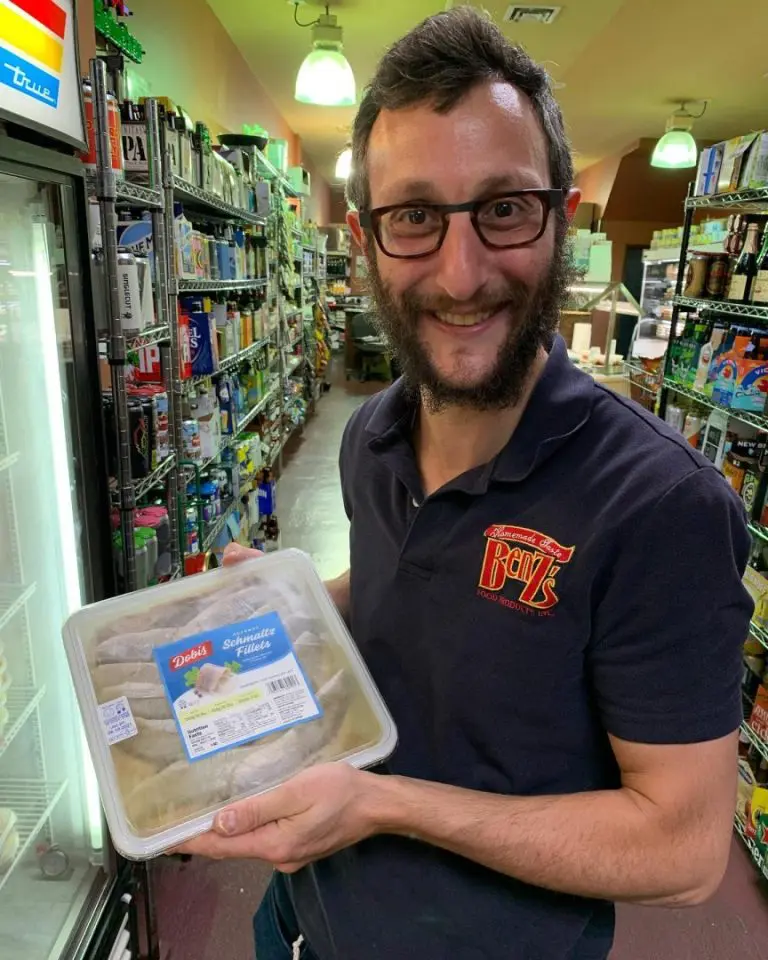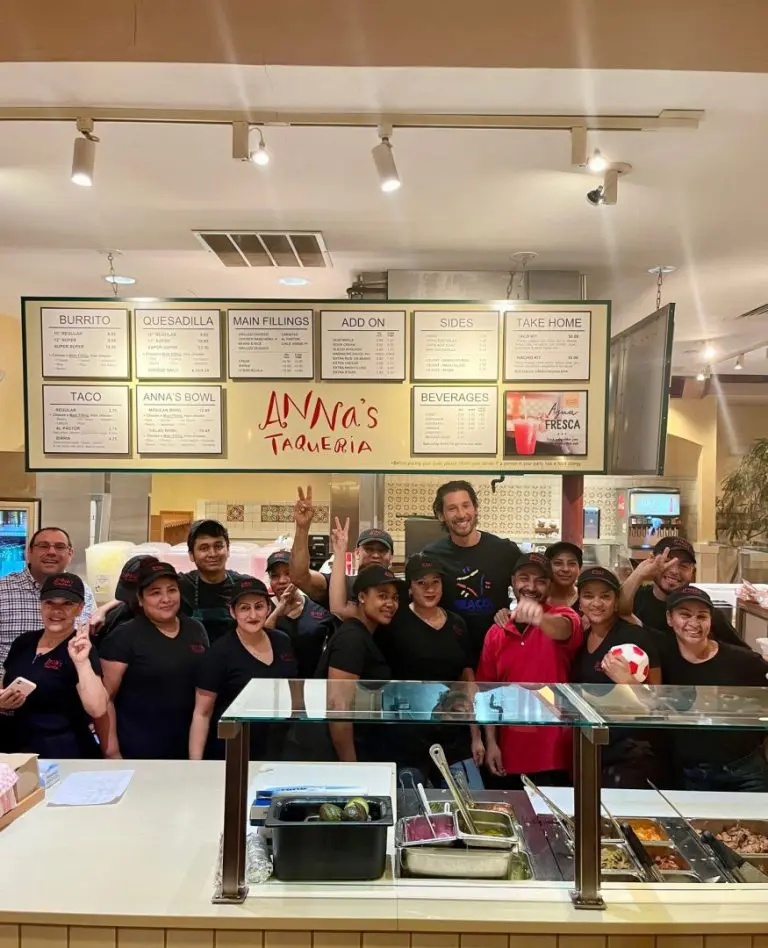When I first saw Mayan farmers in southern Mexico trading their corn harvest without money, I thought I was looking at an outdated system, one of many traditional economic systems. I was wrong. Traditional economies—based on customs, barter, and community—aren’t relics of the past. They’re living economic systems that still support millions of local producers worldwide in 2025.
These economies don’t make headlines like Wall Street. They don’t have flashy technology or venture capital like command economies. Yet they’ve sustained communities for thousands of years through droughts, wars, and market crashes.
For local producers, traditional economies and subsistence farming offer something remarkable: stability in an unstable world. While global markets swing wildly with every political crisis or supply chain disruption, traditional economic systems keep communities fed and clothed, ensuring they have enough food through time-tested methods.
The numbers tell an interesting story about this economic system. Research shows traditional economies support approximately 370 million indigenous people across 90 countries today. These systems manage about 28% of the world’s land surface and maintain 80% of the planet’s remaining biodiversity.
What makes these traditional economic systems relevant today? They embed time-honored beliefs and principles, which are characteristics modern economies are desperately trying to rediscover: sustainability, community resilience, and production aligned with natural cycles.
Is your business struggling with supply chain issues? Traditional economies have operated with local materials for centuries. Worried about market volatility? These traditional economic systems have built-in stabilizers through community support networks and services that provide assistance.
The most successful local producers today aren’t those abandoning traditional practices—they’re those who understand these ancient farming systems contain wisdom that modern economics is only beginning to appreciate.

Metrobi drivers are rated 4.97 out of 5
Trusted by local businesses for:
- Background-checked professionals
- Specialized in business deliveries
- Same drivers for consistency
- 4.97/5 average delivery rating
Understanding Traditional Economy Characteristics
Traditional economies operate based on customs, community values, and heritage, not profit maximization
These traditional economic systems provide stability through community bonds and time-tested practices
Local producers benefit from reduced competition and sustainable resource management
Essential Qualities of Traditional Economies
Traditional economies stand apart from modern economic systems through their distinct organizing principles. At their core, these economies rely on customs and heritage passed down through generations. Economic decisions aren’t driven by profit maximization, typical of capitalis,m but by community needs and historical practices. In places like certain regions of Papua New Guinea, economic activities follow patterns established by ancestors, with little change over centuries.
The exchange of goods and services in traditional economies typically occurs through barter rather than monetary transactions. This direct exchange system means that a farmer might trade crops for tools made by a craftsperson or services produced by a weaver instead of trying to create money. The value of items is determined by practical utility and community norms rather than market forces. For example, in parts of rural Haiti, farmers still exchange surplus crops directly for other necessities without currency changing hands. This creates economic relationships based on personal connections rather than abstract market principles.
Traditional economies also operate with limited technological infrastructure compared to industrialized systems. Production methods tend to be labor-intensive, with tools and techniques that have remained relatively unchanged for generations. This limitation isn’t simply about access to technology but reflects a different relationship with production itself. The focus remains on meeting community needs and fair distribution rather than maximizing output. In Chad, for instance, fishing communities still use methods handed down for centuries, with catches distributed according to traditional sharing systems rather than commercial sales.
The Role of Community and Family
In traditional economies, decision-making rarely follows the individualistic model found in market economies. Instead, community elders or leaders guide economic decisions and choices based on collective well-being. These decisions account for long-term sustainability, cultural values, and shared prosperity in society rather than individual gain. The process typically involves consultation and consensus-building, ensuring that economic activities align with broader community values and needs.
When examining traditional economies, family units emerge as the fundamental economic building blocks. Unlike corporate structures in modern economies, families function as integrated production and consumption units where each member has specific responsibilities based on age, gender, and skills. Children learn trades from parents and relatives, ensuring knowledge transfer across generations. In many communities, traditional economies center on family, creating natural safety nets where extended family members support each other during hardship.
The family-based production model also shapes how goods are distributed. Instead of focusing on accumulation, traditional systems often emphasize sharing and redistribution. This approach helps maintain social harmony and ensures that basic needs are met throughout the community, reflecting a unique economic system. The economic success of an individual or family is measured not by wealth accumulation but by their contribution to community wellbeing and maintenance of traditions.
Historical Context and Global Presence
Traditional economies have existed throughout human history, representing humanity’s original economic organization. They dominated global economic activity until the agricultural and industrial revolutions began shifting production systems. Today, while no pure traditional economy exists at a national level, an example of this can be seen in how elements of traditional economic practices continue in many communities worldwide.
These traditional economic systems remain particularly important in regions where industrialization has been limited or where geographic isolation preserves traditional practices. Small-scale farming communities in rural Africa, indigenous groups in the Amazon basin, and nomadic herders in Central Asia maintain significant elements of traditional economic organization despite pressure from globalization and globalizing forces.
The persistence of traditional economies isn’t merely about a lack of development—it represents different priorities and values. While industrial economies prioritize growth and efficiency, traditional systems emphasize stability, community cohesion, and sustainable resource use. This makes them particularly resilient in the face of economic shocks that might devastate more growth-dependent systems.
Impact on Local Markets and Trade Patterns
Traditional economies shape local markets in distinct ways. Without formal currency systems, markets develop as gathering places where direct exchanges occur based on relationships and reputation. These markets, typically found in traditional economies, often operate on regular schedules—weekly or seasonal—creating rhythms of economic activity tied to natural cycles and community needs.
Trade relationships in traditional economies build on long-term trust rather than formal contracts. A producer’s reputation for quality and fairness regarding natural resources becomes their most valuable economic asset. This creates strong incentives for ethical behavior and reliable production standards.
Geographic factors heavily influence traditional economies, as production focuses on locally available resources. Communities develop specialized knowledge about their immediate environment and vast areas, creating products uniquely suited to local conditions. This localization creates remarkable diversity in production methods and goods, with communities often developing expertise with specific resources over generations.
Why Traditional Economies Matter Today
Traditional economies provide important insights for sustainability challenges. Their focus on long-term resource management offers lessons for addressing environmental concerns. Communities operating within traditional frameworks have often maintained stable relationships with their environments for centuries, developing practices that prevent resource depletion.
The tight social bonds fostered by traditional economies also offer potential solutions to issues of social fragmentation in modern societies. The emphasis on shared prosperity rather than individual wealth accumulation creates more equitable distribution patterns. While traditional systems have their inequalities, they often ensure that basic needs are met for all community members.
For local producers specifically, traditional economies offer protection from the competitive pressures of global markets. Production focuses on meeting community needs rather than competing with external producers, allowing the continuation of practices that might not survive in pure market conditions. This protection helps preserve cultural heritage and specialized knowledge that might otherwise be lost.
How Local Producers Thrive in Traditional Economies
Local producers leverage community support systems and shared resources to maintain stable production
Traditional decision-making processes prioritize community needs over profit maximization
Sustainability practices are built into the production cycle, ensuring long-term resource availability
Traditional economies create unique environments where local producers can flourish through systems that have been refined over generations. These producers don’t simply survive—they develop sophisticated approaches to resource management and community cooperation that often outperform modern systems in terms of sustainability and resilience, even over long distances. Local production in these economies isn’t just about making goods—it’s about maintaining a balanced relationship with only what available resources and community needs require.
Local Resources and Their Influence on Production
In traditional economies, local resources directly shape what producers create and how they operate. Unlike global supply chains that source materials from anywhere in the world, traditional producers work almost exclusively with what’s available in their immediate environment. This limitation becomes a strength, forcing innovation within boundaries and creating production methods perfectly adapted to local conditions and natural resources.
The seasonal availability of resources creates natural production cycles. In the Arctic, Inuit communities time their hunting and gathering activities precisely with animal migrations and plant growth cycles. This timing isn’t arbitrary but reflects generations of observation and knowledge. When salmon return to spawn in Alaska’s rivers, Indigenous communities harvest exactly what they need while ensuring enough fish continue upstream to maintain future populations. This approach stands in stark contrast to industrial fishing, which can deplete entire populations.
Land-based resources similarly influence production patterns. In the Andes, potato farmers cultivate over 4,000 varieties specifically adapted to different altitudes, soil types, and climate conditions. Each variety serves a specific purpose—some resist frost, others store better, while others are suited for particular cooking methods.
Micro-Resource Management Systems
Traditional economies often develop sophisticated micro-management systems for resources that would be overlooked in industrial economies. The Balinese subak water management system for rice terraces represents one of the most complex agricultural systems ever developed. Dating back to the 9th century, this community-managed irrigation network precisely distributes water through a network of canals and tunnels, with water temples serving as meeting places where farmers coordinate planting cycles and water allocation.
This system doesn’t just distribute water—it creates a production environment where pests are naturally controlled through synchronized planting and harvesting. The subak system demonstrates how traditional resource management can achieve remarkable efficiency without modern technology, instead relying on community coordination and detailed environmental knowledge.
Sustainability Practices Inherent in Traditional Economies
Sustainability isn’t an add-on concept in traditional economies—it’s foundational to how production operates. Local producers in these systems inherently practice what modern businesses now struggle to implement: closed-loop production, waste minimization, and regenerative resource management that might challenge government policies.
Traditional economies typically operate on what anthropologists call “subsistence-plus” models—producing what’s needed for community survival plus a small surplus for trade or emergencies. This approach stands in direct opposition to growth-focused modern economics. Research published in the Journal of Peasant Studies shows that traditional production systems often achieve higher energy efficiency ratios than industrial agriculture, with traditional corn production in Mexico returning 11 calories for every calorie invested compared to just 3 calories in industrial systems.
The practice of leaving fields fallow, rotating crops, and maintaining forest corridors between cultivation areas represents advanced ecological understanding. In the Amazon, Indigenous farmers create “forest gardens” where cultivated areas mimic natural forest structures while producing food. These systems maintain soil fertility without external inputs and support biodiversity that industrial agriculture typically eliminates.
Interactions among Local Producers
Traditional economies thrive on producer interactions that create resilient production networks. These connections often revolve around the same things, ensuring community survival and knowledge preservation.
Collaboration within Communities
Collaboration in traditional economies extends far beyond simple cooperation. Producers develop sophisticated systems of mutual aid that ensure survival during difficult periods and optimize resource use. In the Andes, similar to practices in reindeer herding, the ayni system creates reciprocal labor exchanges. This isn’t just about having enough hands—it creates knowledge transfer opportunities and strengthens social bonds.
The minga system in Ecuador takes this further by organizing community-wide work events for projects benefiting everyone—irrigation systems, terrace construction, or road maintenance. These collaborative approaches allow small-scale producers to achieve services and infrastructure improvements that would be impossible individually. Anthropologist Enrique Mayer documented how these systems create “networks of reciprocity” that function as social insurance in his research on Andean agricultural communities.
Importance of Shared Knowledge and Skills
Knowledge in traditional economies isn’t private property but a community resource passed through generations and continually refined through practice. This approach to information sharing creates remarkable innovation without formal research institutions.
The Native American Three Sisters planting method—growing corn, beans, and squash together—represents sophisticated agricultural science. Corn provides structure for beans to climb, beans fix nitrogen in the soil, and squash leaves shade the ground to retain moisture and prevent weeds. This intercropping system produces more total nutrition per acre than growing each crop separately, while maintaining soil health without fertilizers.
Traditional knowledge systems often incorporate specialized roles where particular families or community members develop expertise in specific production areas. In Mali, the practice of dyeing textiles with natural indigo remains with certain families who maintain secret techniques passed through generations. These knowledge keepers serve as living libraries, preserving techniques that often prove valuable when modern alternatives fail.
Decision-Making Processes
Decision-making in traditional economies follows patterns quite different from market-driven systems, creating production environments where community needs and long-term sustainability take precedence over short-term gain.
Methods of Determining What to Produce
Production decisions in traditional economies follow multi-faceted evaluation systems that consider far more than market demand. In many Indigenous communities, production planning incorporates:
Historical knowledge of what has worked reliably over generations
Current community needs assessment through council discussions
Environmental indicators observed throughout the year
Cultural and ceremonial requirements
Anticipated trade opportunities with neighboring communities
The Hopi people of the American Southwest make planting decisions based on careful observation of over 20 environmental indicators, including specific bird migrations, plant flowerings, and even cloud formations. This sophisticated forecasting system allows them to farm successfully in an environment in different countries receiving less than 12 inches of rainfall annually—an achievement modern agriculture hasn’t matched.
Collective Decisions Based on Tradition and Need
Collective decision-making creates production systems where resources are allocated based on community priorities rather than individual profit motives. In many traditional economies, formal or informal councils evaluate production needs and allocate resources accordingly.
In Madagascar’s rural communities, the fokonolona system brings together village members to make collective decisions about land use, water rights, and production priorities. This distribution system ensures resources aren’t monopolized by powerful individuals and creates production patterns that maintain ecological balance while meeting community needs.
The research of Nobel Prize-winning economist Elinor Ostrom documented how these collective decision systems often manage common resources more sustainably than either government regulation or privatization. Her work in “Governing the Commons” shows that traditional decision-making systems can successfully manage fisheries, forests, and grazing lands for centuries without depletion when strong community governance exists.
"Tagal is a traditional fisheries management practice in [the Malaysian state of] Sabah, in which communities swear oaths to nurture wild fisheries until they teem with river carp, and then open them, by agreement, for communal consumption at special times."
— Cynthia Ong & Kenneth Wilson, Forever Sabah
These collective approaches don’t mean individual initiative is stifled. Many traditional economies create specific spaces for innovation while maintaining community oversight for resource-intensive activities. Among the Maasai, individuals can experiment with new cattle breeding approaches, but community elders make decisions about grazing patterns affecting everyone.
Risk Management Through Diversity
Traditional economies build resilience through production diversity—a stark contrast to industrial specialization. This approach creates natural insurance against crop failures, resource fluctuations, and environmental changes.
Production Diversification Strategies
Local producers in traditional economies rarely specialize in a single product. Instead, they maintain diverse production portfolios that include:
Multiple crop varieties with different climate tolerances
Complementary livestock suited to different ecological niches
Seasonal gathering activities targeting different resources
Craft production using various local materials
Trade specialties for exchange with neighboring communities
In the Peruvian Andes, a single family might cultivate 15-20 potato varieties across different elevation plots, raise guinea pigs and alpacas, collect wild medicinal plants, and produce textiles. This diversity ensures that if one crop fails due to frost or disease, others will likely survive.
Traditional fishing communities similarly diversify their catch methods and target species based on seasons, avoiding the over-exploitation patterns common in commercial fishing. Pacific Island communities might use different fishing techniques throughout the year—spearfishing on reefs during calm seasons, net fishing in lagoons during storms, and deep-water fishing when certain species migrate through their waters.
This diversity approach extends to food storage and preservation. Traditional communities typically develop multiple preservation techniques—drying, smoking, fermenting, and natural cold storage—creating food security buffers that span seasons or even years.
Maintaining Cultural Identity Through Production
Production in traditional economies serves purposes beyond material needs—it maintains cultural identity and social cohesion. The act of production itself, along with traditions gained, often carries spiritual significance and reinforces community bonds.
For the Navajo (Diné) people, weaving isn’t just creating textiles but a spiritual practice connecting weavers to their creation stories and ancestors. Each design element carries cultural meaning, and the process of creating these textiles maintains language, stories, and identity. The economic value of the rugs is secondary to their cultural significance.
Agricultural ceremonies across traditional societies demonstrate how production activities reinforce cultural identity. Planting and harvest festivals aren’t just celebrations but structured rituals that organize community life and maintain a connection to ancestors and place. Research published in the Journal of Ethnobiology shows that communities maintaining these cultural production practices display greater resilience during environmental or economic disruptions.
Traditional Economic Systems
Traditional economies have endured through centuries not by chance, but because they work for those who depend on them. For local producers involved in farming, these systems offer a stable framework where skills pass through generations, where resources are used with care, and where production stays linked to real community needs.
The wisdom in these economies isn’t outdated—it’s tested by time. By studying how communities make decisions together, how they share resources, and how they balance production with what nature provides, today’s local producers can find useful strategies.
As our world changes fast, the strengths of traditional economies—strong community bonds, careful resource use, and production based on real needs—become even more valuable. These aren’t just old ways of doing things; they’re practical solutions to current challenges.
Whether you’re a farmer using family knowledge, an artisan preserving cultural techniques, or someone interested in more balanced economic models, traditional economies offer important lessons. They remind us that true success comes not just from what we produce, but from how we work together and respect what sustains us.
What traditional economic practice might you adapt for your community or business?



























